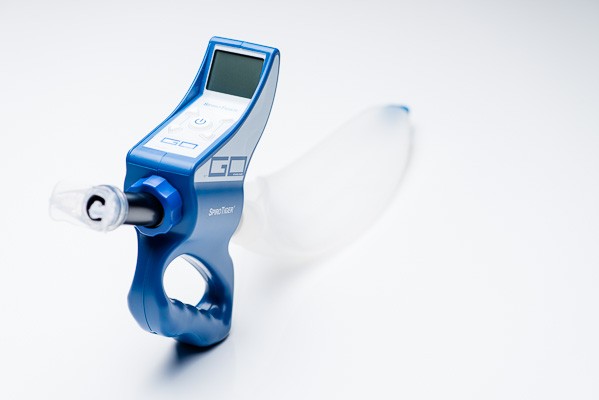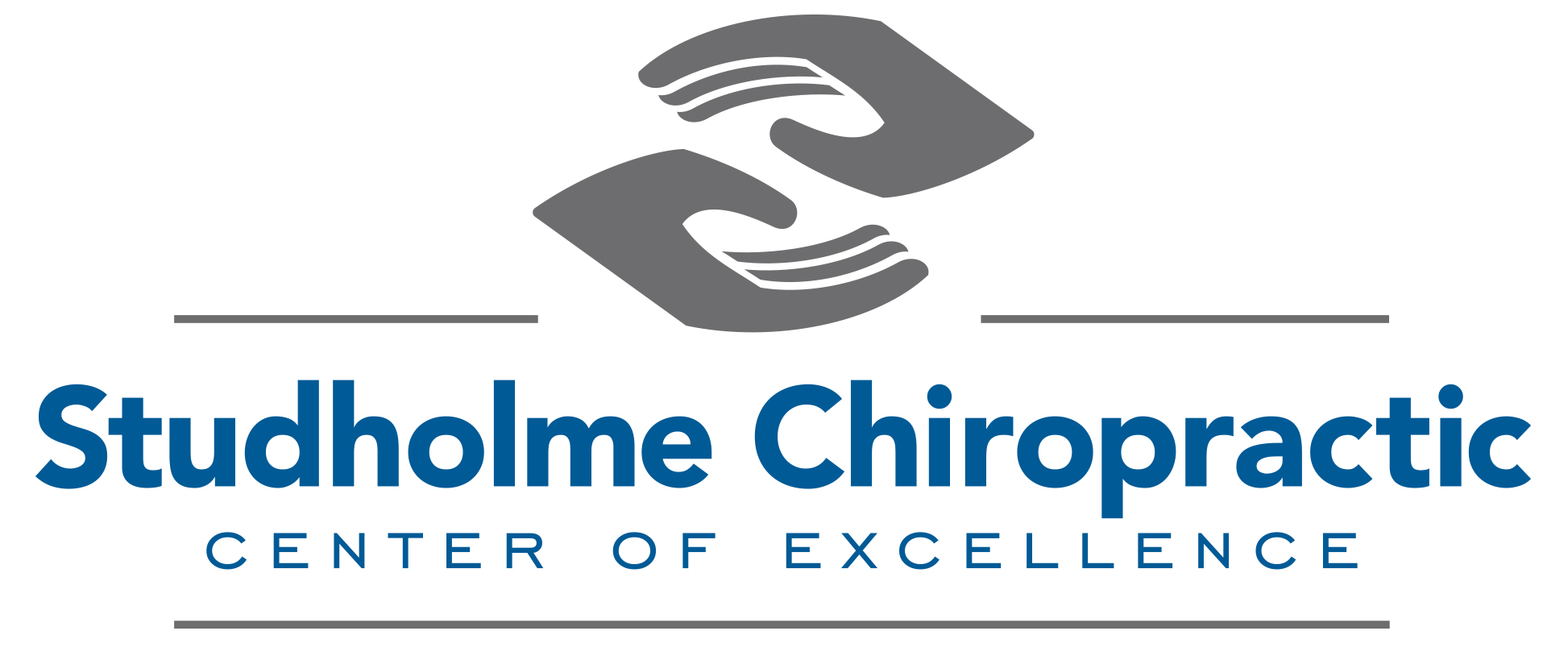Breathing and Exercise : Series Part 3
The Benefits of Breathing for Exercise
What is the first thing that breaks our coordination when exercising? Undoubtedly it is breathing. Ever notice the first thing a person does after finishing a really big effort (running, cross fit WOD, spinning, etc.?) They typically assume a position of being hunched over with their hands on their knees, or lying flat on their back, or even end up slumping over the handlebars.
Why is this?
In a nutshell, these positions help us recover our breath. Once recovered, and the coordination of breathing has returned, it is much easier to stand up again, hold ourselves up without hunching over our handlebars, or stand without supporting our hands on our knees.
For years it was assumed that the only way to and improve your breathing capacity was to do more exercise at a higher intensity. Although this may work sometimes, the challenge can be that we are often not fit enough to exercise hard enough.
As you work harder, typically the first thing that begins to suffer is your tidal volume (the amount of air you inhale in a typical breath). You will start to take more shallow breaths, which means less oxygen delivered to your muscles. The body is smart, so it’ll find a way to continue to deliver oxygen to your muscles. It will compensate by raising your heart rate to deliver more blood, and therefore more oxygen. This is only sustainable for so long before the heart rate gets too high, and we have to stop. Imagine if we could train tidal volume and improve it during exercise to prevent the heart rate from increasing. Well you can! Turns out the diaphragm is a muscle and needs to be trained as such.
What does this mean?
The diaphragm needs to be strengthened, which is a challenge, as we need to create resistance to breathing. The solution is to use a tool that creates this resistance. This tool needs to be modifiable so we can continue to make the resistance greater as we build up the strength of the diaphragm muscle.
The diaphragm also needs to be trained for coordination, just like any other muscle. This, too, is a challenge because again we need a tool that measures how much air we inhale and exhale as well as the timing of those movements.

We are offering Functional Respiratory Training classes starting in March. Contact us today if you want to feel better, have less pain, sleep better and of course, improve your athletic performance!
